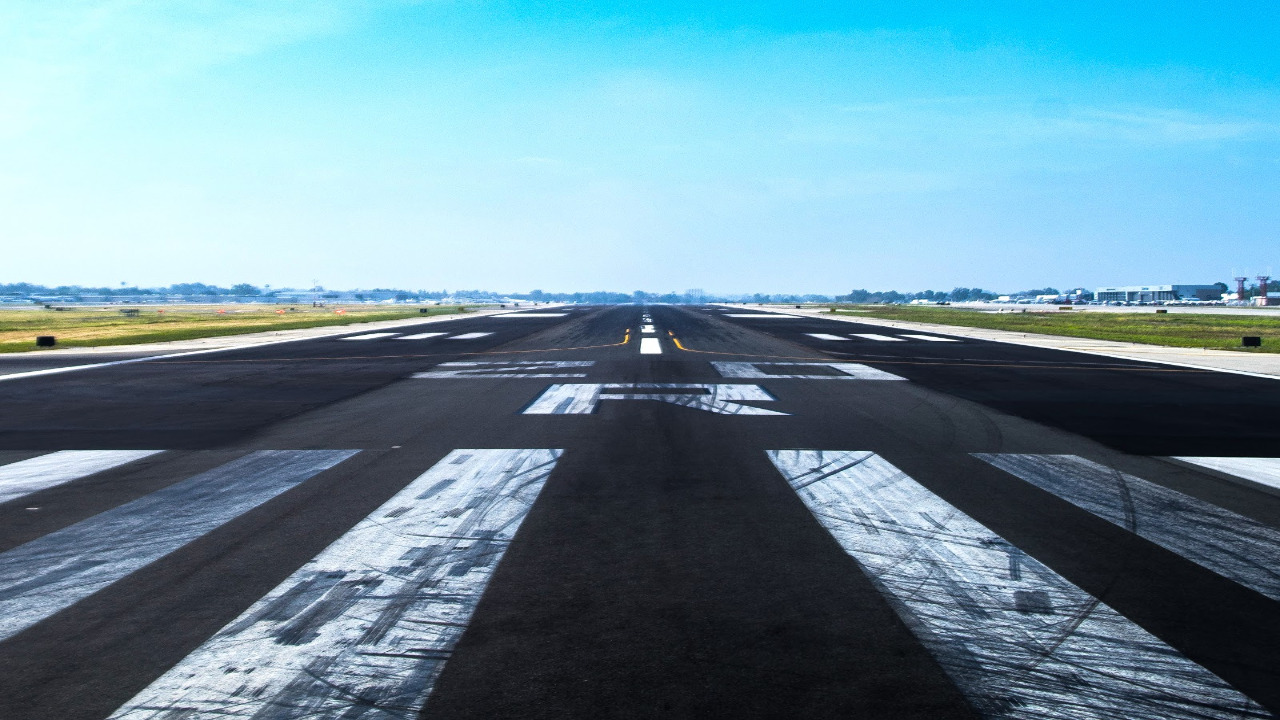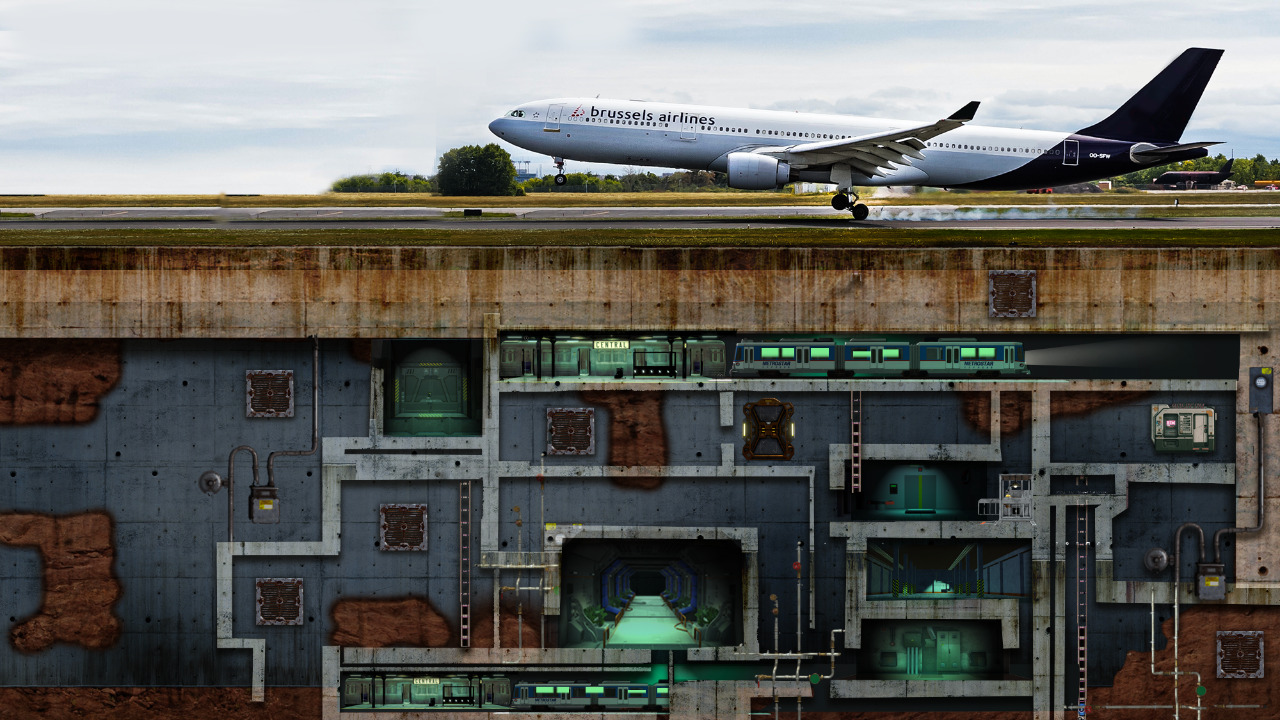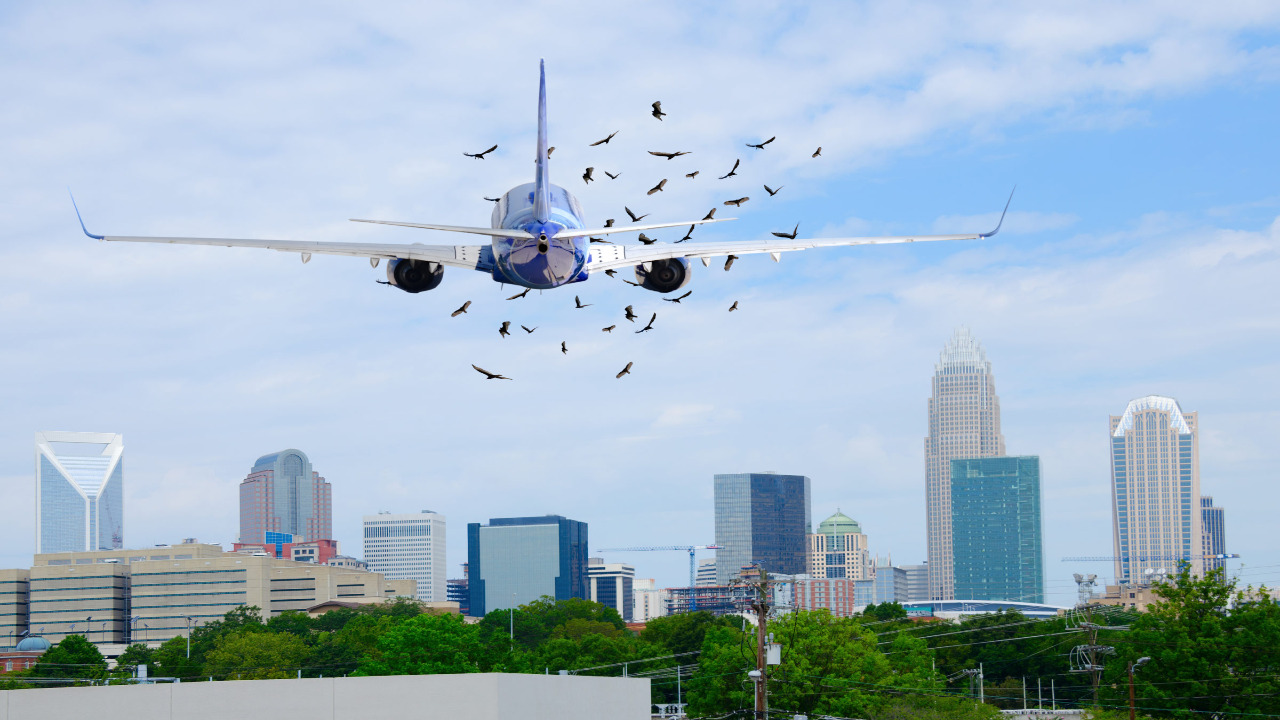
Interesting Facts About Airports That You Probably Didn’t Know
Airports are bustling hubs of activity where people from all walks of life come together to embark on exciting journeys or reunite with loved ones. While many of us have experienced the thrill and occasional chaos of airports, there are several fascinating facts about these transportation hubs that often go unnoticed. Here are four intriguing facts about airports that you probably didn’t know:
The “Airport Code” System

You may have observed that airports worldwide are assigned distinct three-letter codes, like JFK for John F. Kennedy International Airport in New York or LHR for London Heathrow Airport. These codes, known as International Air Transport Association (IATA) codes, serve as concise abbreviations to swiftly and efficiently identify airports. However, there is an intriguing history behind the development of these codes. Initially, airports utilized two-letter codes, but as aviation expanded on a global scale, there arose a need for more unique identifiers. In 1947, the three-letter system was introduced, with the initial letter indicating the country or geographical area. While some codes have straightforward origins, others possess more peculiar stories. For instance, the code for Chicago O’Hare International Airport, ORD, is derived from its previous name, Orchard Field. So, the next time you come across an airport code like JFK or LHR, remember that it signifies a remarkable journey through the evolution of air travel. And yes, even Ontario airport parking has its own unique code!
The Secret Language of Runway Numbers

Airports have multiple runways, and each runway is assigned a unique number to indicate its alignment with magnetic north. These numbers are crucial for pilots to determine their approach and landing direction. The interesting aspect is that runways are not named based on their geographic position but rather on their magnetic heading. For instance, a runway numbered 09 means it is oriented 90 degrees east of magnetic north. If the same airport has another runway numbered 27, it means it is oriented 270 degrees or west of magnetic north. This system helps pilots identify runways quickly and maintain safety during takeoffs and landings.
Hidden Underground Tunnels

Beneath the bustling terminals and busy runways, many airports have a network of hidden tunnels and underground facilities. These tunnels are not meant for public use but serve essential purposes. They facilitate the movement of baggage, supplies, and even personnel across the airport discreetly. In larger airports, these tunnels can span several miles, connecting various terminals and auxiliary buildings. This underground infrastructure ensures efficient airport operations and keeps the bustling public areas aboveground free from clutter.
Airport Wildlife Management

Airports often face challenges with wildlife encroachment, as the vast open spaces and lush vegetation surrounding them can attract birds and animals. However, airports employ various strategies to manage this wildlife and reduce the risk of bird strikes, which can be hazardous for aircraft. One fascinating approach is the use of trained falcons or birds of prey. These birds are released at regular intervals to deter other birds from nesting or gathering near the runways. The presence of a predator in the sky is usually enough to scare away smaller birds. This innovative technique provides an eco-friendly solution to wildlife management, ensuring safer flights for passengers and minimizing damage to aircraft.
https://www.youtube.com/watch?v=92g8EQvYLdQ&ab_channel=BeyondFacts
In conclusion, airports are not only gateways to new destinations but also intriguing places with hidden stories and systems. From the unique airport code system to the secret language of runway numbers, the underground tunnels that facilitate airport operations, and the innovative wildlife management techniques, there is much more to airports than meets the eye. Next time you find yourself in an airport, take a moment to appreciate these fascinating aspects and the intricate workings that make air travel possible.




